As the founder of Beaumont Etiquette and creator of The Plaza Finishing Program, Myka Meier teaches etiquette classes at the renowned Plaza New York and across the United States. Boys and girls aged 5-9 are eligible for the Children’s Etiquette Program, which is held in The Plaza’s Eloise Tea Room. The course teaches basic table manners, greeting adults with respect, making friends, and positive body language and eye contact. For the fifth installment of our six-week exclusive “Manners from the Manor” series, today Myka is sharing 25 Etiquette Lessons Children Should Know by the Age of 10. Welcome, Myka!
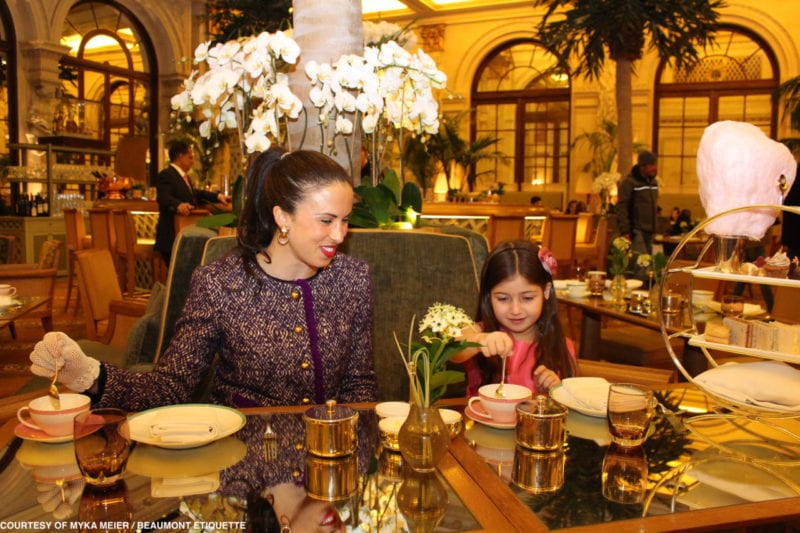
Children’s Etiquette: Myka Meier
Myka Meier, nicknamed the ‘Real Life Mary Poppins’ by multiple media outlets, teaches kids (starting at age 5) etiquette in both private and group class formats.
“As parents, you wish nothing more than to see your child excel in all they do, and the best way to get ahead is to teach them basic dining and social skills while they’re young. The foundation of etiquette, taught during childhood, is unmatched and considered an investment in your child’s future. It’s never too early to begin etiquette training. Children should begin learning dining etiquette the moment they are able to sit at the dining table. Regardless of personal goals, early childhood etiquette instills basic manners, kindness and respect, social skills and confidence in children.” – Myka Meier
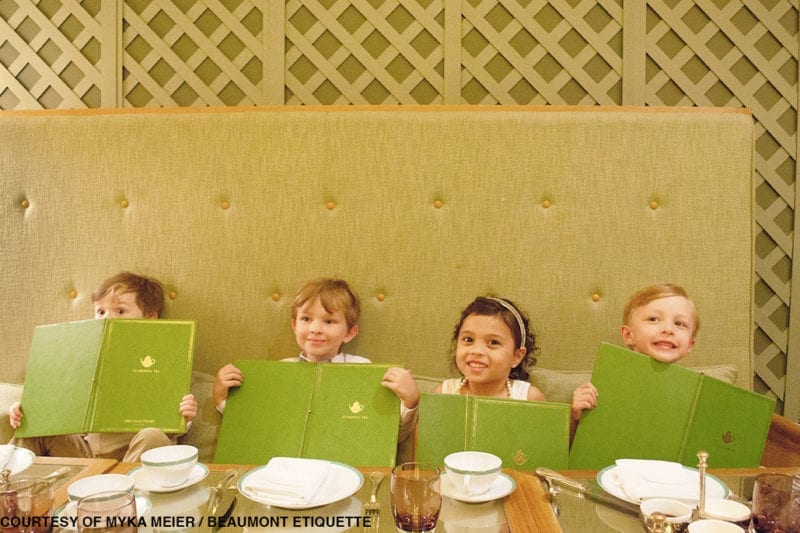
25 Etiquette Lessons Children Should Know by the Age of 10:
- The true meaning of etiquette is always to show respect and kindness to everyone and all living things around you, including people, animals and the environment
- The correct way to hold cutlery
- How to properly use a napkin to wipe your mouth. (Do not use your sleeves!)
- How to set the table
- How to show positive body language
- Never chew with your mouth open
- No elbows on the table … ever!
- Say “Please”, “Thank you” and “Excuse me” every day
- Never interrupt an adult when they are speaking to someone else
- When to use indoor and outdoor voices
- Never comment on someone’s appearance unless it’s to say something nice
- How to give a compliment to someone else
- How to write a thank-you letter and why we do it to show gratitude
- Show compassion and help someone in need
- How to introduce not only yourself, but others properly
- Be aware of positive body language and how to show it
- Never bully others
- Never call an adult by their first name unless the adult instructs you to do so
- Why it’s important to invite someone to join a group if they are by themselves
- Always knock on a door before opening it
- How to dress and groom themselves for nice outings
- How to politely answer a phone
- Why it’s important to make eye contact when speaking to another person
- Do not point or stare
- When sneezing or coughing, always cover your mouth
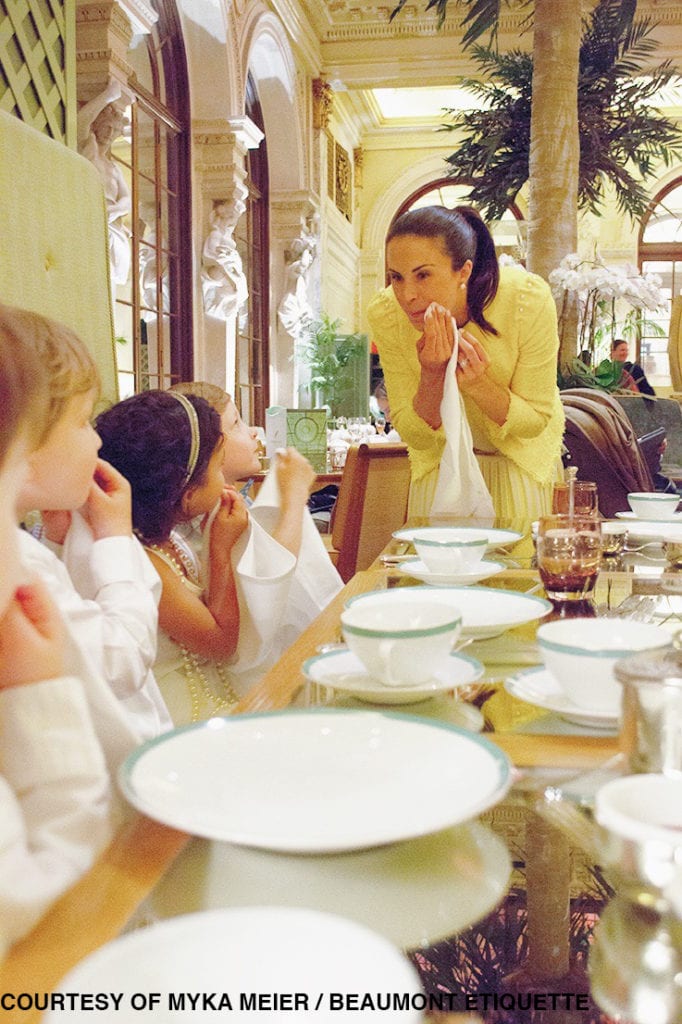
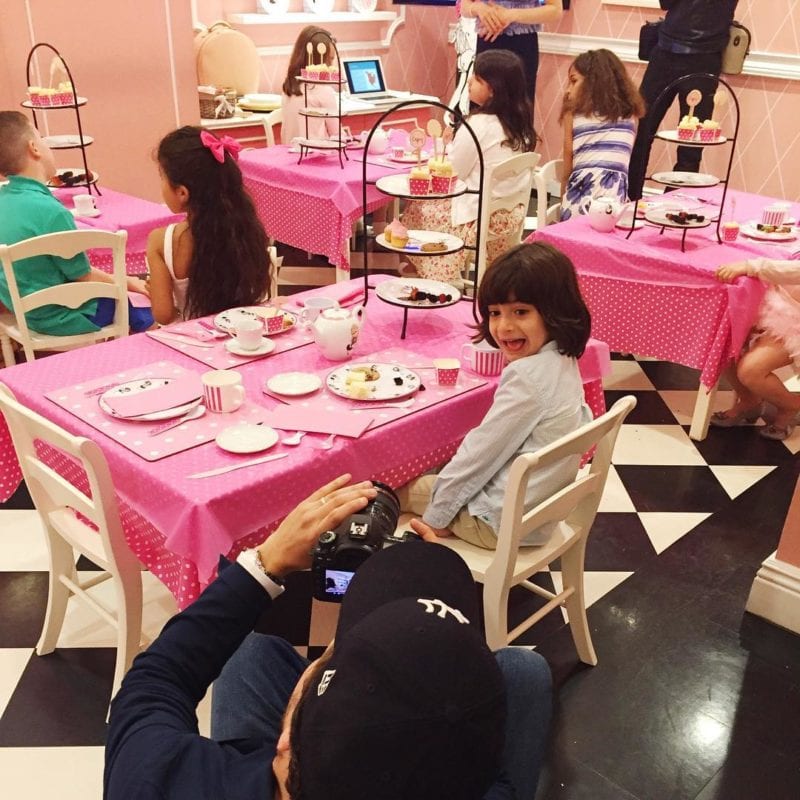
How to Teach Your Kids:
- Always use positive reinforcement
- Make it fun!
- Always teach children the reason why we do something a certain way: “We open the door for grandma because we want to show her we love her by helping her.”
- It’s never too early to start teaching children etiquette. A toddler may be able to say “please” and “thank you” but if they can’t speak yet, you can start with saying those things yourself to them: “Thank you Jordan for bringing mommy that banana”.
- Teaching children compassion for others is very important in order to have a strong basis for etiquette. It’s important for children to know why we share, what it means to hurt someone’s feelings and why we always want to avoid hurting someone’s feelings.
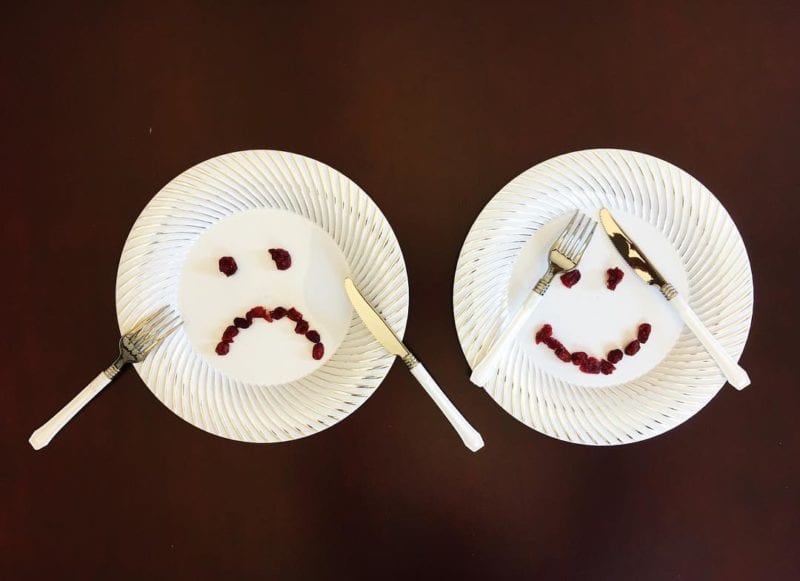
Courses:
Parents can rent or buy Beaumont Etiquette’s online Children’s Etiquette videos to help teach their children proper table manners.
Beaumont Etiquette offers private courses for children, starting at age 5, with prices starting at $450. To learn more about private programs, email [email protected].
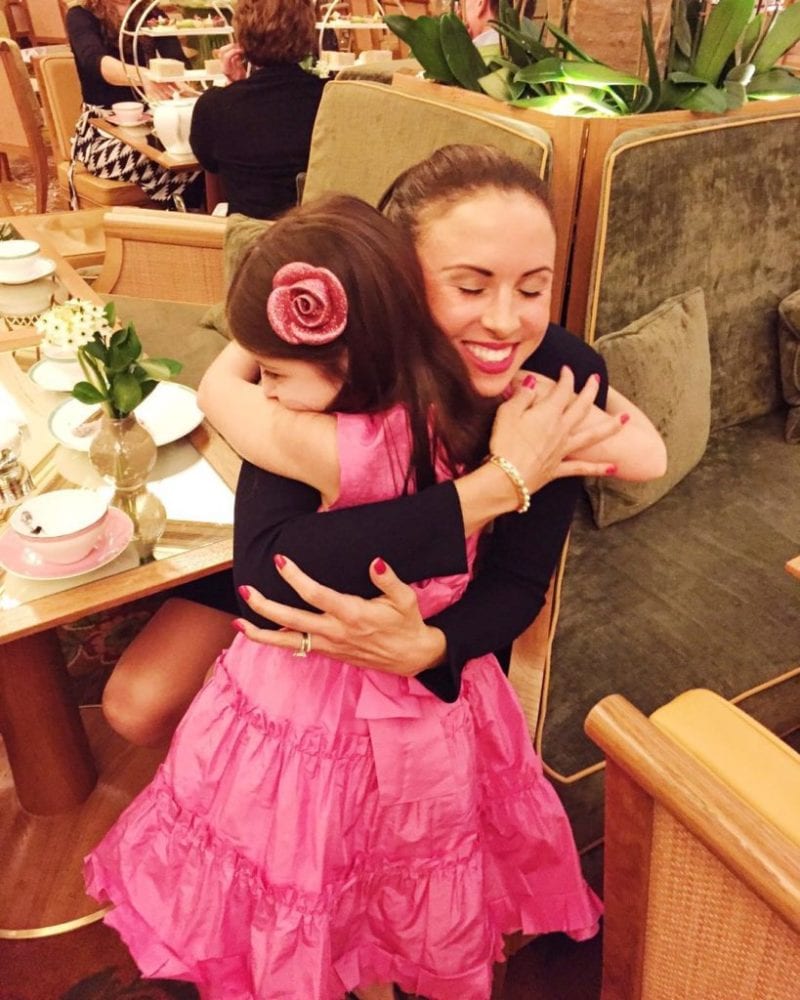
Thank you, Myka, for this wonderful information! For ongoing tips, please follow @mykameier on Instagram, and stay tuned to The Glam Pad for next week’s “Manners from the Manor” finale: Holiday Etiquette. To get caught up on this special series, a recap of weeks 1 – 6 is below…
- Introduction: Meet Myka (09.26.18)
- Week 1: The Duchess Effect (10.03.18)
- Week 2: Dressing Etiquette (10.10.18)
- Week 3: Dining Etiquette (10.19.18)
- Week 4: Afternoon Tea (10.24.18)
- Week 5: Etiquette for Children (10.31.18)
- Week 6: Holiday Etiquette (11.07.18)






SO important. A mannerly child is a mannerly adult, and will get much farther in life. It shows that a parent respects the child and has taken the time to teach him/her how to respect others. There would be a lot less bullying if parents started early to teach manners.
Seeing it spelled out here it’s pretty clear the decline in etiquette has spawned many of the societal problems we now grapple with. Bullying is only one. The entitlement and “me first” elements as well. I remember my mother making my brothers do cotillion (which they hated and were rude and giggled through) Later they would call out other boys who did mean things ” hey, dude, don’t be a rube”. (We’re in California). So society became somewhat self policing. They were also the boys the girls wanted to date. Thank goodness for etiquette classes. My brothers never would have paid much attention to our mother’s instruction.
I have a 4 and 5 year old and let me say, it is NOT easy teaching children manners! Manners and politeness are so confusing to kids because “the rules” often conflict and because so much of it involves reading body language for clues about how you’re making others feel, which is not easy for little ones. It can feel daunting to constantly remind little ones of what the expectations are. Some days I feel like all I’m doing is correcting behavior. But just a few short years in (we began at about age 1-1/2) and it already pays off. I can take my kids into church, into nicer restaurants, into mixed-age groups, and around strangers and very rarely suffer the embarassment of having ill-behaved children. When it does happen, it’s usually for lack of a nap or because they’re hungry. Lots of work teaching manners, but so, so worth it!
It’s so important to teach children good manners. Thank you for sharing this post. It isn’t an easy thing to teach but I will say, cotillion classes and reinforcement at home really does work!
Wonderful reminders!!!!
This is such a wonderful series. I am often shocked over the lack of basic human courtesies. Making the series available for renting or purchase is a lovely idea.
While I don’t have children, I always notice and appreciate well-mannered ones. This article has some great teaching tips that I’ll pass along to my godchildren. Thank you!
My mother provided all of the manners and etiquette training my siblings and I received and I am so grateful for that. It would have been grand if there had been “cotillion” when we were youngsters. It seems manners and etiquette have gone by the wayside so I am especially appreciative when the people I surround myself with have and practice them. I try to always practice good manners as I believe it makes the world a much nicer place. Thank yo for the article.